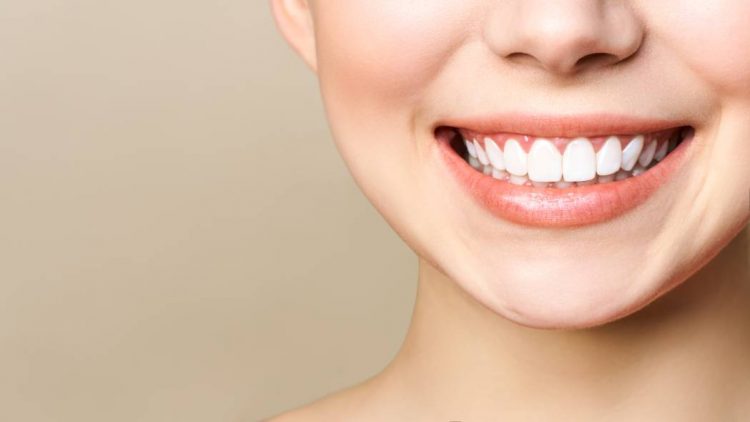By: | Updated: Jun-14, 2022
Over two thirds of people experience insecurity about their teeth which leads to more than half of them covering their mouth when they laugh. While poor oral hygiene can be responsible for less than perfect teeth, many irregularities with the teeth, gums and jaw need specialist care in order to be corrected. Treatment should always start with improving the health of teeth and gums through regular check ups at the dentist, however, when teeth are crooked or misaligned, a specialized type of dental care known as orthodontistry may be recommended, especially for younger patients. Where irregularities and flaws are more superficial, cosmetic or esthetic dentistry works towards a goal of improving the appearance of a patient’s teeth and making their smile more beautiful.
Contents
Extractions and Implants
The contents of the Difference.guru website, such as text, graphics, images, and other material contained on this site (“Content”) are for informational purposes only. The Content is not intended to be a substitute for professional medical or legal advice. Always seek the advice of your doctor with any questions you may have regarding your medical condition. Never disregard professional advice or delay in seeking it because of something you have read on this website!

The first step in achieving an attractive and confident smile must always be to ensure patient’s of all ages have healthy teeth and gums. As well as removing decay and filling cavities, a family dental clinic can carry out cosmetic dentistry, especially where it can prevent more serious issues developing in the future. While taking out decayed teeth is sometimes necessary, extractions can also be performed to remove impacted teeth, prevent overcrowding or in preparation for orthodontic treatment. Where teeth have been removed or are missing, dental implants have grown in popularity as an option for replacing them . A small screw is inserted in the jaw bone and is used to hold a crown in place resulting in a natural-looking and functional replacement tooth.
Non-Invasive Esthetic Dentistry
Cosmetic dentistry is not always as invasive and it can simply involve the application of more artistic skills to achieve aesthetic results. Tooth whitening is a quick and effective way to improve the appearance of discolored teeth and can be undertaken either by a dentist or with a kit for home use. Where discoloration or staining doesn’t respond to treatment, thin porcelain veneers can be laid over existing teeth, immediately improving their appearance. Veneers can also be used to cover gaps in the teeth or address defects such as chips in the enamel.
When Orthodontics are Necessary
While there are now many more options to improve cosmetic issues relating to teeth, for more serious issues such as straightening and correcting misaligned teeth, an orthodontist will be necessary. Orthodontists are specialist dentists who are trained to diagnose and treat poorly positioned teeth, misaligned bites and even issues with a patient’s jaw. Common treatment involves the application of a brace worn to realign crooked teeth and this is especially effective in the prevention of further issues for young children. While the result of orthodontistry is an improved smile, its main purpose is to create a healthy and well-functioning bite.
With more people unhappy with their smile, cosmetic dentistry offers a range of esthetic solutions that can raise their self-confidence through improving the appearance of their teeth. These treatments can be undertaken by any dentist, but, for more serious issues such as crooked teeth or a misaligned bite, treatment from a specialist orthodontist will be necessary.
(Visited 97 times, 1 visits today)





